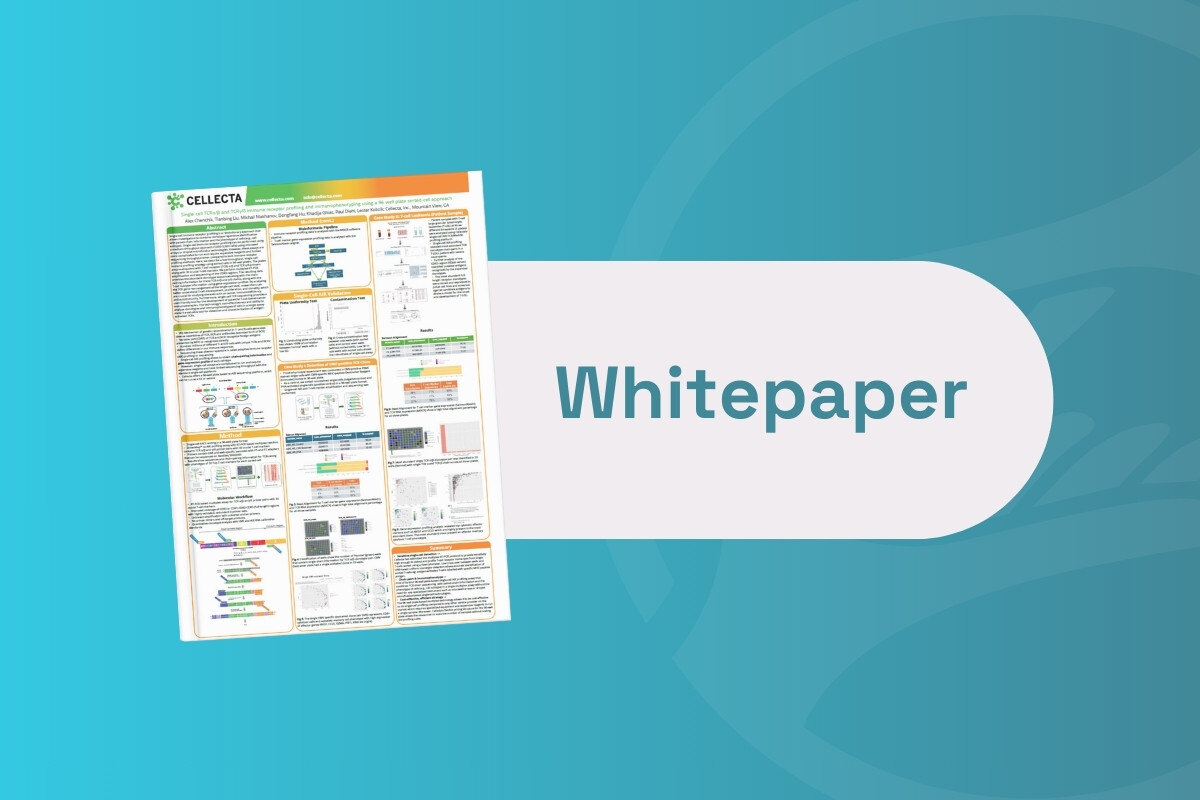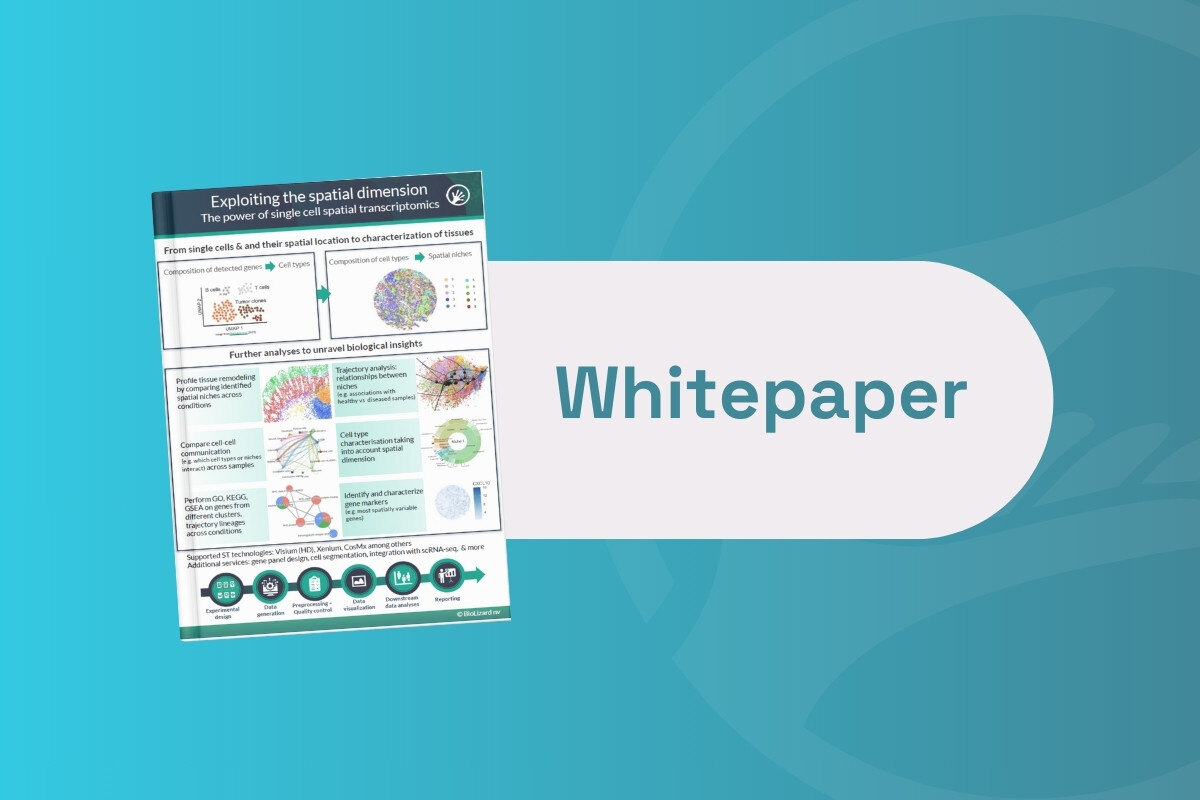Single Cell Analysis of the Tumour Microenvironment: Improving Understandings of Immune Contexts

Modern understandings of cancer in patients have broadly been shaped by bulk genomic analyses: high-throughput measurements of biomolecules in tissues, particularly DNA and RNA. However, bulk analysis can mask the precise characterisation of human tumours due to a loss of cellular resolution when performing bulk tissue measurements. Techniques for single cell analysis present a powerful alternative to dissecting tumours at the resolution of individual cells, offering the opportunity to analyse highly specific signatures of RNA, epigenetic markers, and proteins.
The discussion group in June 2022 covered single cell analysis of the tumour microenvironment (TME), with a focus on recent advances in medical understanding and computational aspects of the field. Shichina Kannambath, Genomics Facility Manager at The Institute of Cancer Research (ICR) London, joined the group along with Rahuman Sheriff, Senior Project Leader with the European Bioinformatics Institute, Wolfgang Breitwieser, Head of the Computational Biology Support Team at the University of Manchester and Fernando Calero, Associate Principal Scientist at AstraZeneca.
- Sparsely Connected Autoencoders: A Multi-Purpose Tool for Single Cell Omics Analysis
- Discussion Group Report: Advancements and Opportunities in Single Cell Proteomics
- Sample Preparation and Tissue Selection for Single Cell Analysis
Researchers know that the TME is very complex: its different components play an important role in defining not just the response of the patients to the drugs, but also how the cancer heterogeneity may evolve. The action of different mutational segments can affect the biology of the tumour, which in turn can dictate the biology of the immune cell. Single cell analysis has the potential to become vitally important in bringing analysis of tissue down to the molecular level.
Understanding the Tumour Microenvironment
A key approach to furthering an understanding of tumour microenvironment functionality involves investigating cell surface receptors. By looking at the end of the genetic components and protein components, researchers can draw a trajectory using computational tools. This enables researchers to identify how other immune cells can develop both in tumour cells and their microenvironment.
A key application of single cell analysis is drug discovery, where genomic imaging can be invaluable in helping to design the next generation of cancer therapeutics. One key aspect involves the data coming from current patient studies, which suggests that cancer cell programs can respond to standard-of-care immunotherapies. Multi-omics techniques can be used to look at the effects of the drug at the molecular level. Then researchers can look at the microenvironment and the cell-to-cell interaction by using spatial transcriptomics.
One challenge highlighted by the audience for ongoing drug discovery programmes is the identification of rare populations within the TME. “These tumours are fuelled by cancer stem cells, and they are really resistant to drug populations in the tumour,” said one speaker. “This can contribute to the relapse of these tumours even post-treatment.” They added that understanding the crosstalk between different cell types was crucial to analysing the immune context of the TME.
Single Cell Analysis Versus Bulk Genomic Sequencing
Having established the current trends and approaches used in TME analysis, the discussion group fielded its first question from Wolfgang Breitwieser. “What does single cell analysis bring to the table that standard analysis procedures can’t do?” The group leader replied that there was significant value in terms of the higher resolutions of analysis it facilitated. In terms of bulk genomic sequencing, “we can look at the tumour and highly abundant populations – epithelial cells, mesenchymal cells, and fibroblasts. But when it comes to dissecting the cell contextually, then it really becomes a problem.”
The technologies which are coupled with protein detection at the single cell level afford a high value of analysis and facilitate an understanding of how the immune context behaves in specific types of tumours. Additionally, single cell analytical technologies allow researchers to observe whether specific ligands expressed by tumour cells are influencing immune cell behaviour. “These are all things we can’t just understand by looking at the tissue-level RNA sequencing,” said the leader. “It’s very difficult to fish out information from RNA-seq datasets, because immune cells may constitute 10% of the total volume of the tumour. Extracting that information from a bulk RNA-seq is really challenging.”
However, single cell approaches may not be applicable everywhere on account of the high cost involved in sequencing, as well as the significant amount of labour necessarily involved. Being able to pivot these technologies in FDA clinical trials was a further point of discussion. Another complication with single cell sequencing is the conservation of cell identity: the removal of a sample from the TME can result in a loss of resolution.
Spatial Omics Imaging Techniques
Rahuman Sheriff asserting that there was a need to understand cell types and their correlation with the tumoural response. “To know the cellular composition, we probably need single cell, and we might also need these spatial omics approaches such as multiplex imaging.” He added that he would be particularly interested in multiplex imaging because of the opportunity to investigate several proteins at the same time. “That helps you to properly identify the cell types and the environment. Those things are very interesting to me, to understand the state of the immune response to the tumour and potentially use that to predict what the response will be if you have some kind of treatment.”
Fernando Calero noted that one issue he had recently observed was researchers getting stuck in analysing the composition of the tumour they were analysing. “Traditionally, they’ve been defined by flow cytometry,” he said. “If you want to find something new, you might do a single cell RNA-seq analysis, but if you just want to find the composition of your sample, you might find that CyTOF is enough for your analysis.” Calero continued that he felt the best method of analysis depended on the topic which was presently being investigated.
The discussion leader agreed that the best method of analysis depended on the subject of the investigation at hand. However, they added that bulk analysis only provided a limited amount of information. “Single cell analysis has its own different advantages and disadvantages, but it can give you a lot more information that a flow experiment likely cannot. You can go up to a 130-antibody multiplex experiment, which is really powerful.”
Challenges and Opportunities for Single Cell Analysis
Shichina Kannambath agreed that single cell analysis was a valuable addition to the forensic arsenal for researchers. “It’s a great tool for looking at gene expression,” she said, “mainly if you are looking at very similar cells.” She noted that sometimes gene expression data did not offer a proper resolution for investigating homogeneous cells. “I think I am more interested to go one step ahead and look at spatial transcriptomics.” This sequencing method is important for investigating immune infiltration in tumours to investigate which cells can be visualised through T-cell receptor (TCR) sequencing.
“Single cell analysis is a great tool for looking at gene expression, particularly if you are looking at very similar cells.”
The discussion rounded out with a final question from Breitwieser, who queried how single cell analysis translated to the real world. “Do you think that single cell analysis as it stands at the moment is a more transitional methodology?” The discussion leader replied that they believed next generation topics were not exclusive to each other, and that a degree of corroboration between different techniques would be needed to further an understanding of immune contexts at a complex level. “We need to bring the whole dataset together in order to understand the complexity of the tumour microenvironment.”
Visit our Omics portal to gain more insights into the latest developments in genomic investigative techniques and single cell analysis, and to read other discussion group reports. If you’d like to register your interest in our upcoming Spatial Omics US event, click here.







